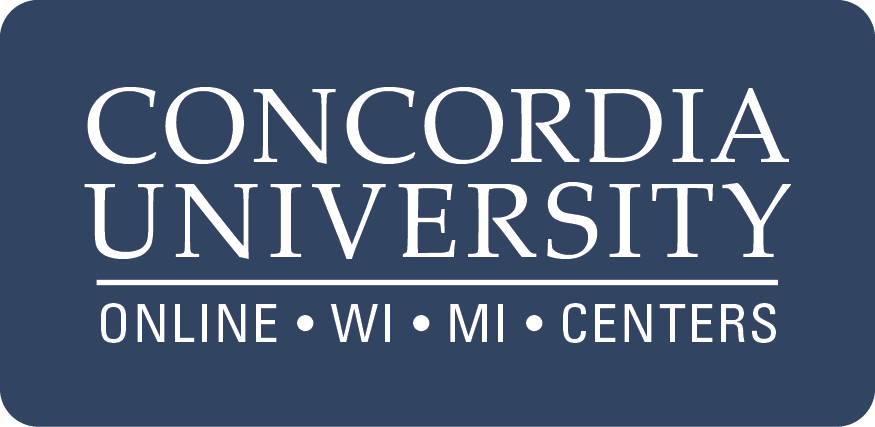February 14th EditionAWSA Early Post-Secondary Opportunities Article: ECCP, SCN, ETC!by Tim Schell, Director of Curriculum and Instruction, Waunakee Community School District Last year’s state budget bill enacted important changes into law affecting the access of high school students to early post-secondary opportunities. These changes eliminated the Course Options and Youth Options programs. The Early College Credit Program (ECCP) replaces Youth Options for four year colleges and universities and the Start College Now (SCN) program is the technical college replacement. In some respects, ECCP and SCN are related. In other respects, they operate differently. Student applications for fall term courses are due on March 1, so understanding the parameters of these new programs, what is new, what is the same, has some immediacy. Act Today to Support Title II FundingOn February 8, the Senate and the House approved a two-year budget deal that includes significant funding increases for defense and discretionary programs —the budget deal paves the way for, but does not guarantee, robust investments in Title II, Part A, which is the only dedicated source of federal funding for professional learning and leadership support for teachers and principals. Overwhelmingly approved by a bipartisan Congress, ESSA provides new opportunities for states to use Title II, Part A funds to invest in principal leadership and support, which will lead to improved student outcomes. Wisconsin plans to invest three percent of Title II, Part A funds for in-depth professional learning opportunities prioritized by school principals. We are extremely disappointed by President Trump’s decision to eliminate funding entirely for Title II, Part A in his 2018 budget proposal to Congress. We urge Congress to instead provide the full funding level authorized for Title II, Part A in ESSA. We ask that you please voice your support for Title II by:
As Congress negotiates the budget in the coming weeks it is a critical time for AWSA members to be heard. Lighting the Path to Improvement: Hope is not Strategy & Accountability is not Commitmentby Patricia Greco, Ph.D., Superintendent School District of Menomonee Falls We all know improving schools and systems is hard. High stakes accountability and the initiative swirl have failed to lead to lasting improvement. Every educator went into our profession wanting to make a difference. Each child enters kindergarten full of promise wanting to succeed. Leaders, formal and informal, accept the challenge to lead because they believe they can impact both positive change and organization culture. So why do we fail to pull it together as a field? How do we reshape our thinking about our real work? We are not leading initiatives. We are leading complex organizations full of human decision making. In most communities, the school district is the largest employer. Deming, the godfather of continuous improvement, stated an organization with 500 employees makes 4 million decisions a day. Organizational outcomes and success depend on the alignment of all of them. The challenge in our field is we understand systems thinking and quality tools at the 50,000 ft. level. We learn about systems and transformational change. What’s been missing? We struggle gaining access to the principles, tools and processes of improvement. The skillset we need as a field to move people and organizations forward. How to Reframe Your Negative Reactions with a Coach Approach
by Jessica Johnson, Dodgeland Elementary School Principal/District Assessment Coordinator, co-author of The Coach Approach to School Leadership
Leading with a Coach Approach is joyful work. We enjoy spending our time in classrooms to recognize and appreciate instructional strengths, we follow-up and ask teachers reflective questions to help them be aware of why they do what they do so they continue to do more of “that”, and we learn from their reflections so we can share their teaching wisdom to help all of our teachers learn and grow from each others’ strengths. Wouldn’t it be great if that’s how it was for every classroom visit? |

